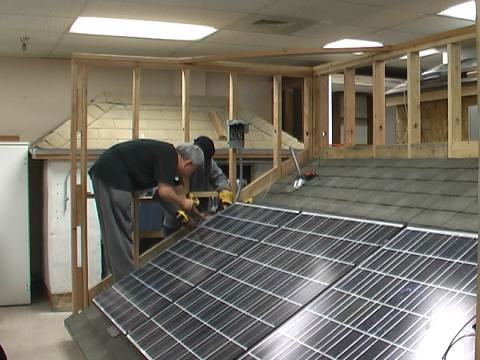More farms might begin cropping up around South Los Angeles thanks to a proposed bill by the Los Angeles City Council.
Council members Curren Price and Felipe Fuentes recently introduced a motion to provide a property tax adjustment for private landowners who convert their vacant plots into “urban farms,” which the city council defines as commercial ventures that sell food.
The authors of the bill, entitled the Urban Agriculture Incentive Zones Act, said they see the property tax adjustment as a way to encourage landowners who are not using their property. Parcels of land between 0.10 and 3 acres in size would be eligible for the tax breaks.
The Los Angeles Food Policy Council, which has supported previous green initiatives taking place in South L.A., estimates 8,600 parcels in the city could be eligible. To get the tax adjustment, the land must be used for agriculture and educational purposes.
See also: Green alleys to take root in South LA









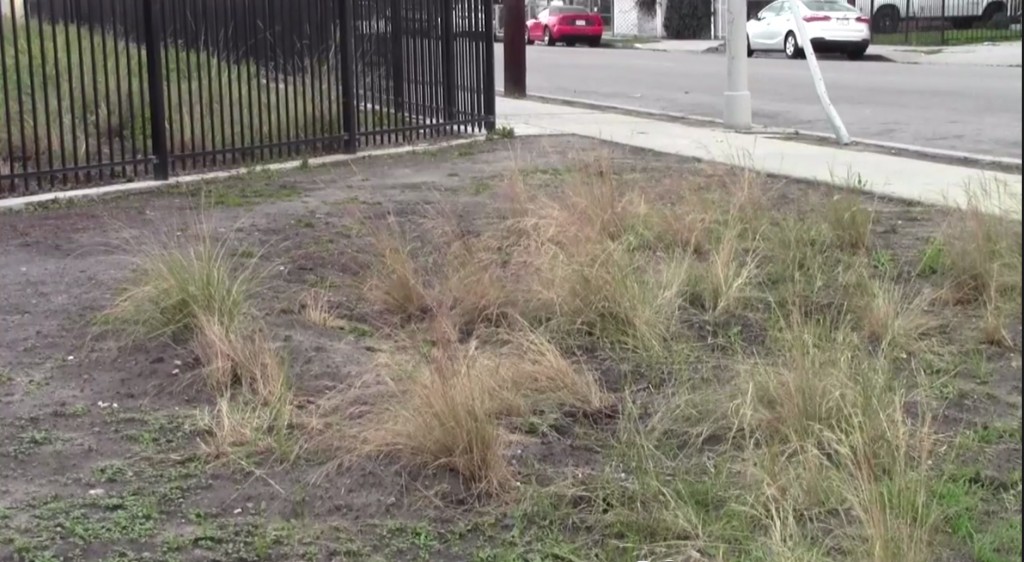
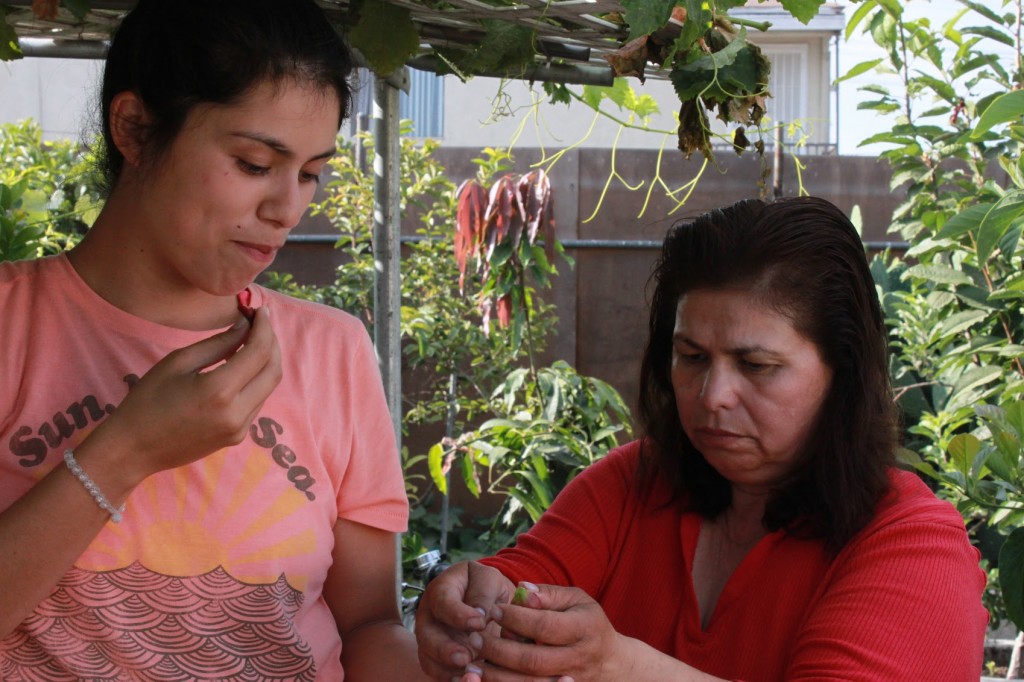
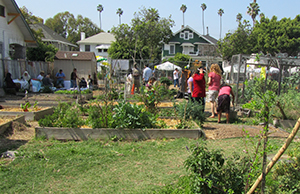 Erika J. Glazer Community Garden (Photo by Subrina Hudson)
Erika J. Glazer Community Garden (Photo by Subrina Hudson) Melissa Ramirez (Photo by Subrina Hudson)
Melissa Ramirez (Photo by Subrina Hudson)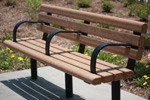 What used to be a devastated, vacant lot is now Los Angeles County’s first park with drought-resistant plants, permeable pavement, recycled materials for both park benches and tables, and solar lighting.
What used to be a devastated, vacant lot is now Los Angeles County’s first park with drought-resistant plants, permeable pavement, recycled materials for both park benches and tables, and solar lighting.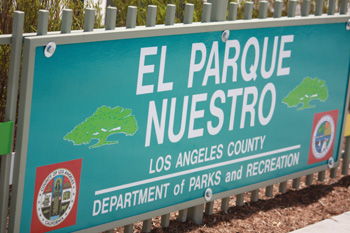
 The park is just a little less than an acre, but offers fitness equipment and a walking trail, something Molina referred to as the community’s “very own fitness zone.”
The park is just a little less than an acre, but offers fitness equipment and a walking trail, something Molina referred to as the community’s “very own fitness zone.” But with the addition of private-public partnership housing, Molina felt it was necessary to add “green,” recreational space for neighborhood residents.
But with the addition of private-public partnership housing, Molina felt it was necessary to add “green,” recreational space for neighborhood residents. Safe Neighborhood Parks, and Coastal Protection Act of 2002, provided funds for the $2.1 million project.
Safe Neighborhood Parks, and Coastal Protection Act of 2002, provided funds for the $2.1 million project.